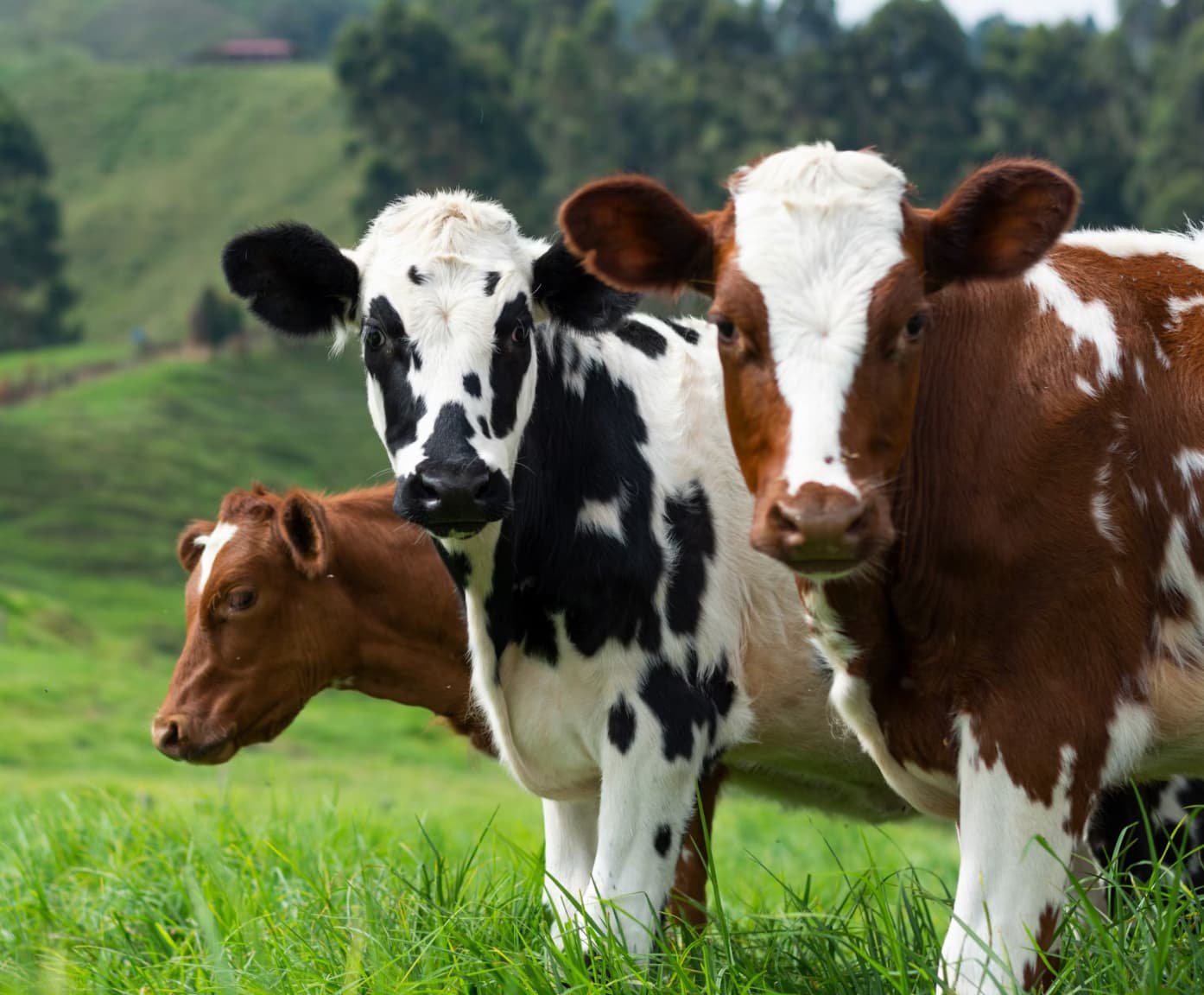TABLE OF CONTENTS
Prolapse of the Rectum in Animals
Prolapse of the rectum occasionally occur in any animal in dystocia due to persistent violent straining and a relaxed anal sphincter.
It is a condition where a portion of the rectal tissue protrudes through the anus, often triggered by excessive straining during dystocia, severe diarrhea, or persistent tenesmus.
It is more commonly seen in young animals or those experiencing difficult parturition, with mares particularly at risk for severe cases, where 2-3 feet of rectum may prolapse, often leading to fatal complications such as rupture.
- At parturition: slight eversion of the rectum is common
- Severe prolapse: Rarely seen
In Mare
Prolapse of 2-3 feet of rectum is usually fatal since rupture of the rectum or small colon often occurs secondarily.
Prolapse of the rectum should be controlled by holding the rectum in place forcibly with a towel over the anus until the fetus is expelled or withdrawn.
In Other Species
Neither as serious nor as extensive. It should be prevented if possible or replaced promptly before or after the fetus is removed.
A purse-string suture of heavy nylon material around the anus is often indicated after replacement.
Treatment
If unnoticed until trauma and edema are present:
- Perform surgery including either the reeling operation or amputation.
- To replace and maintain it in position, retaining sutures may be necessary.

